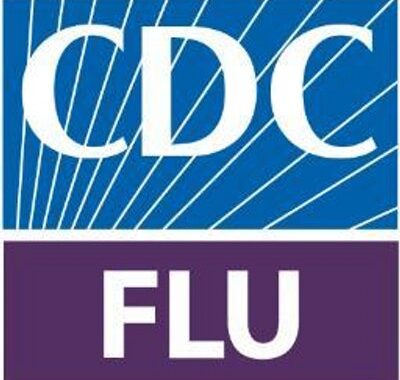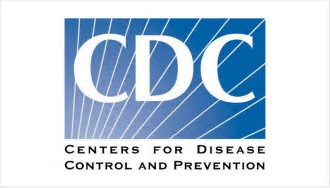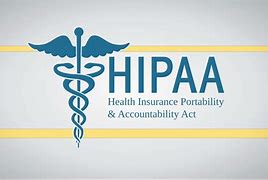As flu season intensifies, dental healthcare personnel (DHCP) play a vital role in protecting both…
CDC Report: Patient-Acquired Infection from DUWLs – Infection Control
The U.S. Centers for Disease Control and Prevention (CDC) released a report on April 8th confirming the transmission of Mycobacterium abscessus among 20 pediatric dental patients from contaminated dental unit waterlines (DUWLs). The outbreak was caused by biofilm-contaminated water in DUWLs used during pulpotomies, which introduced M. abscessus into the tooth chamber during irrigation. All patients were severely ill, requiring hospitalization at least once for a median of seven days.
According to the CDC, M. abscessus is a rapidly growing, nontuberculous mycobacterium, found ubiquitously in the environment in water, soil, and dust. It commonly causes skin and soft tissue infection and can cause severe infection in immunocompetent children. M. abscessus displays tolerance to commonly used disinfectants, and is frequently found in the plumbing of health care facilities and water distribution systems.
The office where the outbreak occurred used tap water for pulpotomies without water quality monitoring or DUWL treatment, as recommended in the DUWL manufacturer’s guidelines. Water samples from the seven dental chairs were collected for analysis, which measured bacterial counts above the American Dental Association recommended limit of ≤500 colony-forming units (CFU)/mL, with an average of 91,333 CFU/mL); M. abscessus was isolated from all water samples.
To prevent infections associated with biofilm in DUWLs, Dental personnel should consult with the manufacturer of the dental unit or water treatment system to determine the best procedures for maintaining the DUWLs. Additionally, CDC’s Guidelines for Infection Control in Dental Health-Care Settings – 2003 recommend that water used for irrigating and cooling during nonsurgical dental procedures meet ADA’s limit. Studies have demonstrated that flushing and purging does not reliably improve the quality of water used during dental treatment down to the 500 CFU/ml level. Therefore, to improve that water quality in dental treatment, CDC recommends implementing control strategies such as self-contained water systems, chemical treatment regimens, in-line microfilters, water purifiers and different combinations of these treatments. Monitoring of dental unit water should also be considered as an important part of a dental treatment water quality program.
For our OSHA Review subscribers… The March/April 2016 issue of OSHA Review in Section VIII of your OSHA Review binder covers how to maintain dental unit waterlines for delivery of optimum water quality for patient care.
Link to the CDC Report: http://www.cdc.gov/mmwr/volumes/65/wr/mm6513a5.htm
Since 1992, OSHA Review, Inc. has provided dental professionals with comprehensive programs to support regulatory compliance and infection control. We are a registered dental continuing education provider in the state of California, specializing in Dental Practice Act, infection control, and OSHA training.



